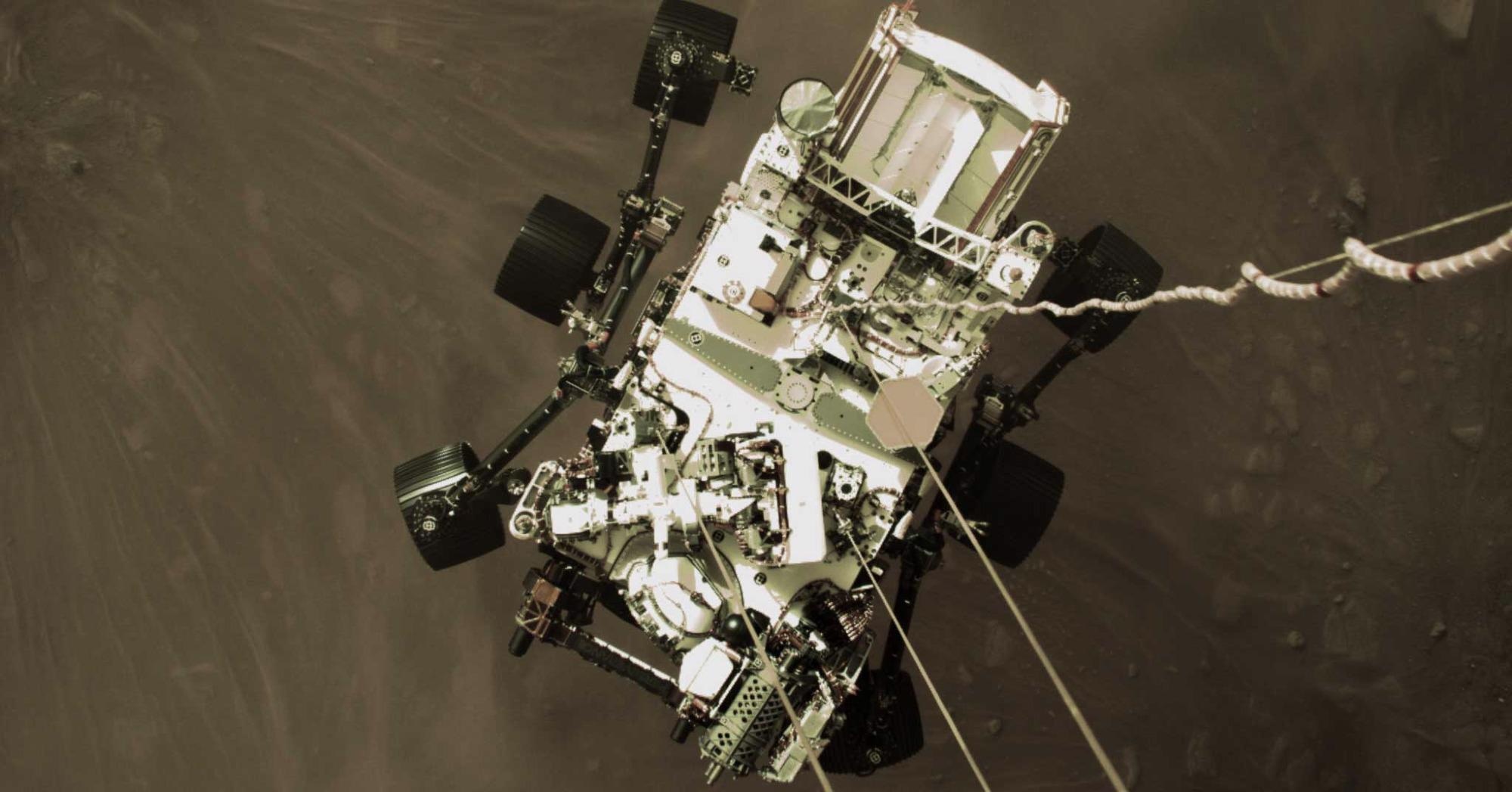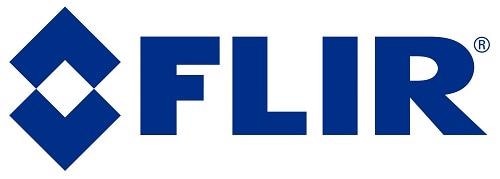
Image Credit: FLIR Systems
On February 18th, NASA was successful in landing the Perseverance Rover on Mars. While this is not the first mission to Mars, it was the first time the public was able to watch and virtually participate in the live broadcast of the entry, descent, and landing of a spacecraft.
The event was captured by 6 FLIR machine vision cameras from multiple angles, all documenting each stage of the exhilarating touchdown.
While the footage was only a few minutes long, it has already helped engineers assess how well their work performed in space and inspired millions of viewers across the world.
Watch NASA’s official video, which documents the descent and touchdown:
Perseverance Rover’s Descent and Touchdown on Mars (Official NASA Video)
Video Credit: FLIR Systems
The Entry, Descent, and Landing (EDL) of the rover may be a short watch there is still a lot to digest in just a few minutes. Here is an outline of what is on the screen seeing and from what angle.
Shortly after entering the Martian atmosphere, the parachute opens about 7 miles (11 kilometers) from the surface. Prior to this point, three cameras looking upwards started to record, subsequently filming the supersonic deployment of the largest parachute ever sent to space:
Perseverance’s Descent & Touchdown on Mars: Parachute Up-View Camera POV (Official NASA Clip)
Video Credit: FLIR Systems
Five miles from the ground, the heat shield (in place to protect the rover throughout the entry process into the Martian atmosphere) detaches and reveals the rover’s downwards looking camera, displaying some of the rover’s extreme ride to Mars’ Jezero Crater: Then it’s touchdown!
Perseverance’s Descent & Touchdown on Mars: Rover Descent Camera POV (Official NASA Clip)
Video Credit: FLIR Systems
Here is an angle (from one of the rover’s cameras) of the SkyCrane being carried off as the rover touches down on the surface of Mars to begin its mission:
Perseverance’s Descent & Touchdown on Mars: Descent Stage Down-Look Camera POV (Official NASA Clip)
Video Credit: FLIR Systems
The FLIR RGB machine vision cameras, which successfully captured this angle, include five 1.3-megapixel cameras and one 3.1-megapixel USB camera.
Our cameras are designed for operation on Earth and not built to operate in outer space. So we were quite thrilled that NASA put them to the test.
Sadiq Panjwani, VP of the Integrated Imaging Solutions (IIS) Division, FLIR.
Perseverance’s Descent & Touchdown on Mars: Rover Up-Look Camera POV (Official NASA Clip)
Video Credit: FLIR Systems
NASA initially contacted FLIR in 2015 to consult with regards to what cameras for the EDL (Entry, Descent Landing) system would be appropriate. Engineers were searching for commercial off the shelf (COTS) hardware with stress on low cost and straightforward system integration.
This is mission was the first time that FLIR machine vision cameras have been exposed to the extremities of extraterrestrial temperatures and gravity forces experienced during the Mars landing.
Everyone committed to the engineering and manufacture processes of cameras at FLIR is galvanized with regard to the clear evidence demonstrating their durability and performance. And, of course, thrilled to say that their work has landed on Mars!
Congratulations to the team at NASA and all those involved in making history!

This information has been sourced, reviewed and adapted from materials provided by FLIR Systems.
For more information on this source, please visit FLIR Systems.